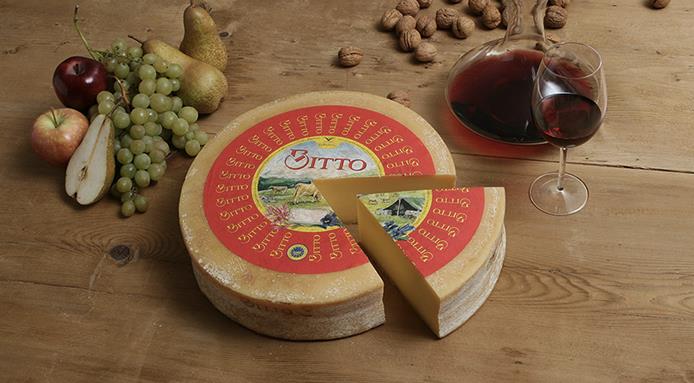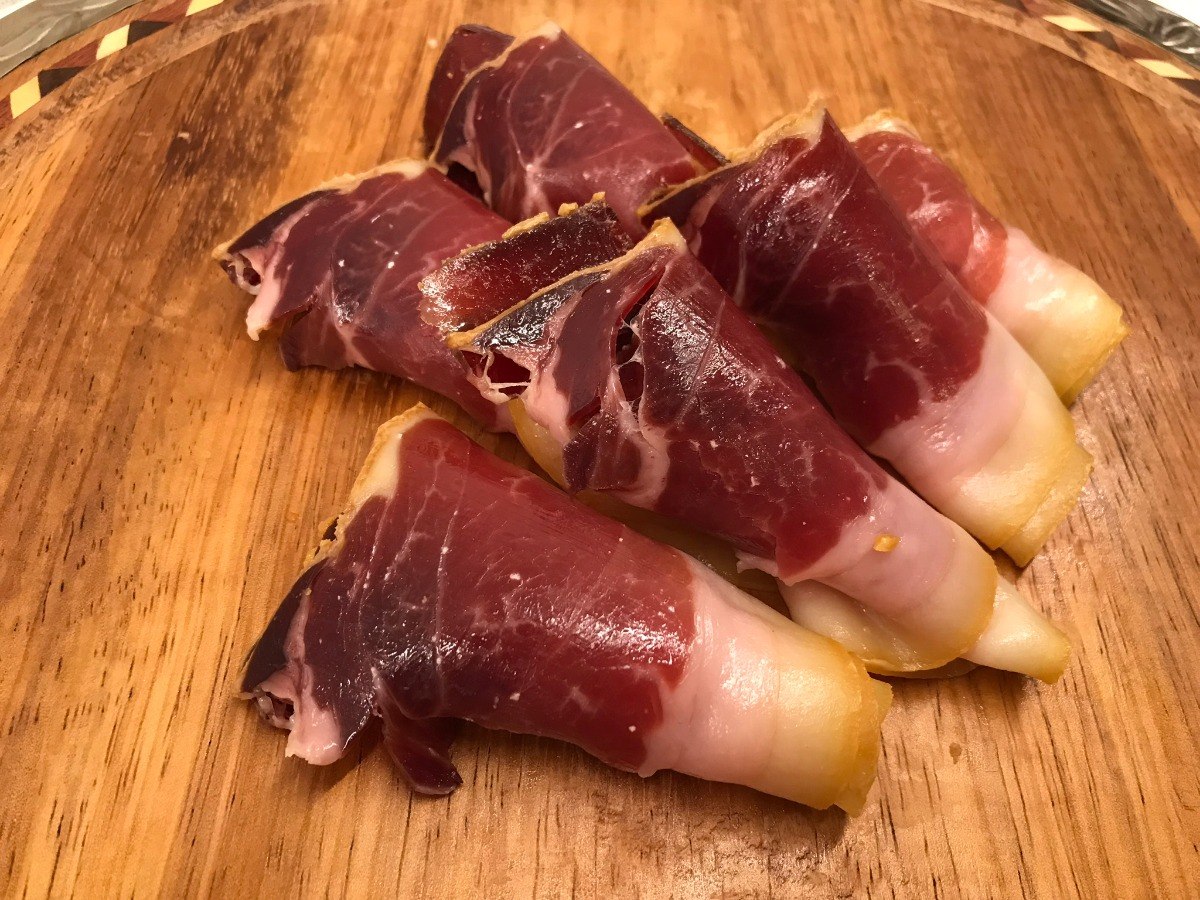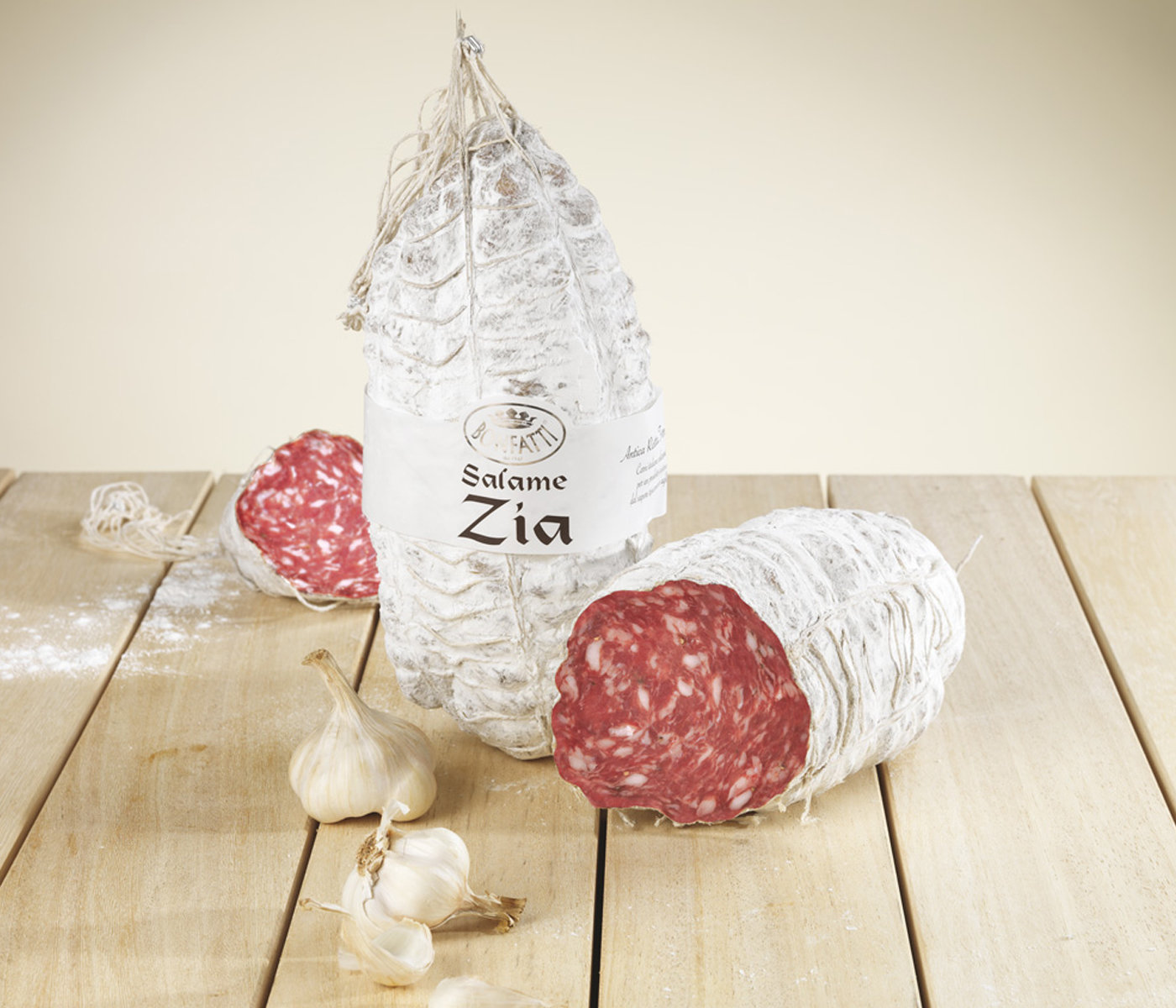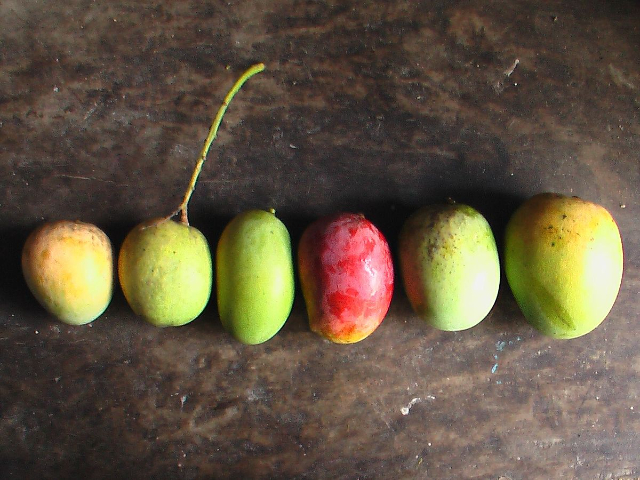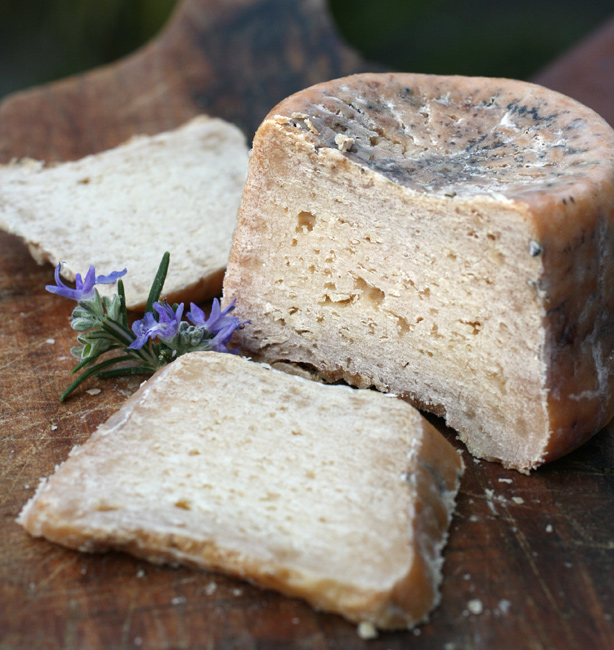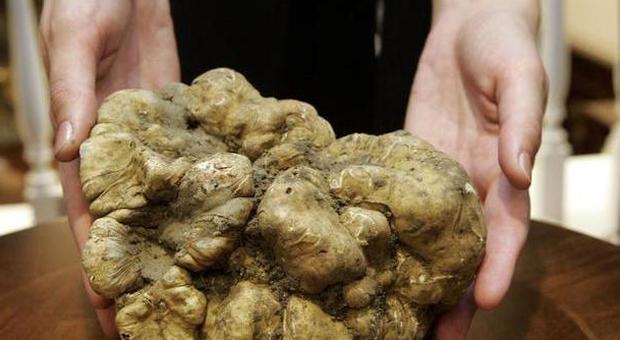It is a medium-hard, semi-cooked fat alpine cheese. Bitto is produced exclusively during the summer months in the alpine pastures of Valtellina and some of the alps belonging to the territory of the provinces of Lecco and Bergamo,
This cheese takes its name from the Bitto stream, and while some authors link the name to the Celtic Bitu "perennial" other authors link its origin to the German bett "torrent."
Produced exclusively during the summer months in the alpine pastures of Valtellina and some alps
belonging to the territory of the provinces of Lecco and Bergamo
At 5 a.m. and around 5 p.m. during the summer months, it is possible to stop at one of the many mountain pastures in Valtellina to witness the birth…of Bitto! In fact, when the sun is not too hot, the cheesemaker, responsible for processing the cheese, aided by the cascii (shepherd boys), usually children or relatives of the cheesemaker, begins milking the cows and goats, because Bitto is made with cow’s milk and a maximum addition of 10 percent goat’s milk. The freshly milked milk is immediately processed with rennet in inverted-bell copper cauldrons (the "culdère") at a temperature of 35-37°C, while the casaro (casèr) stirs the mass. The curd, thus obtained, progressively hardens, until the casaro, according to his experience and skill, decides to subject it to "breaking": after cleaning the mixture from the superficial layer of casein and fat (the "pannetta"), with slow and gentle movements the curd is divided into large slices, from which the whey begins to separate. Finally, the mass is further cut with the "lira" or "chitarra" and then crushed with the "spino," until it is reduced to lumps, which must be cooked at a temperature of 48-52°C while continuing to stir them so that they do not clump together. At the end of this second cooking, the granules will settle on the bottom of the boiler, thickening and binding: the remaining curd is deposited on the spersore, inside the fascere from which Bitto will take shape thanks to the 24-hour pressing. The salting phase, which can take place "dry" or by immersion in brine, in addition to imparting flavor to the cheese, allows for the creation of the rind, which will isolate the cheese from the external environment to promote a certain degree of asepticity. The processing cycle ends inside the casere, typical aging rooms, at a temperature of about 12-16°C and relative humidity around 80-90%. At this delicate stage, when Bitto acquires texture and flavor, the cheesemaker, in addition to guaranteeing the best temperature and humidity conditions, turns the wheels every day, cleans them and checks their integrity to promote the ripening of the cheese.
The flavor is mild and very delicate. It can undergo a medium maturation (1 to 6 months), and a long one, (1 to 3 years) or even up to 10 years and even more without altering its organoleptic characteristics and structure. As it matures, the paste becomes hard and takes on a spicy and aromatic taste.
